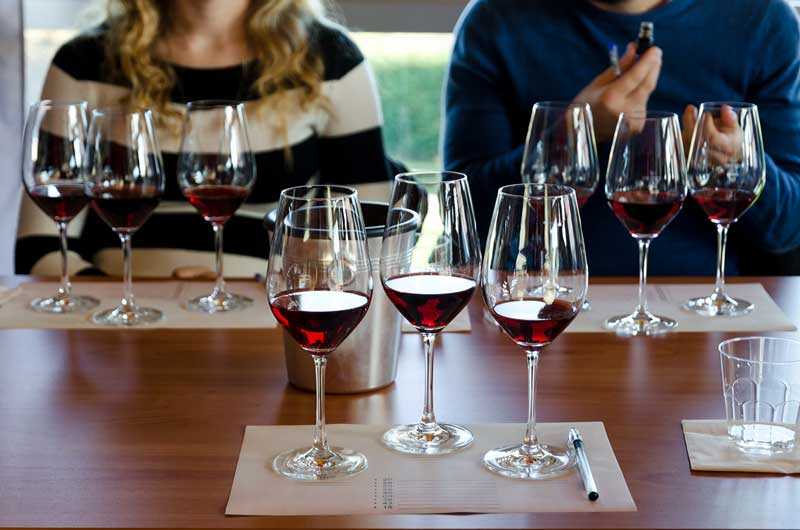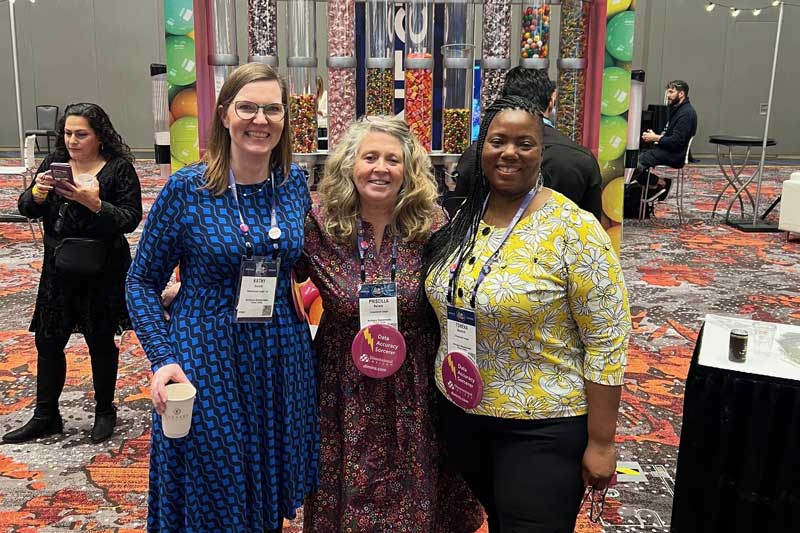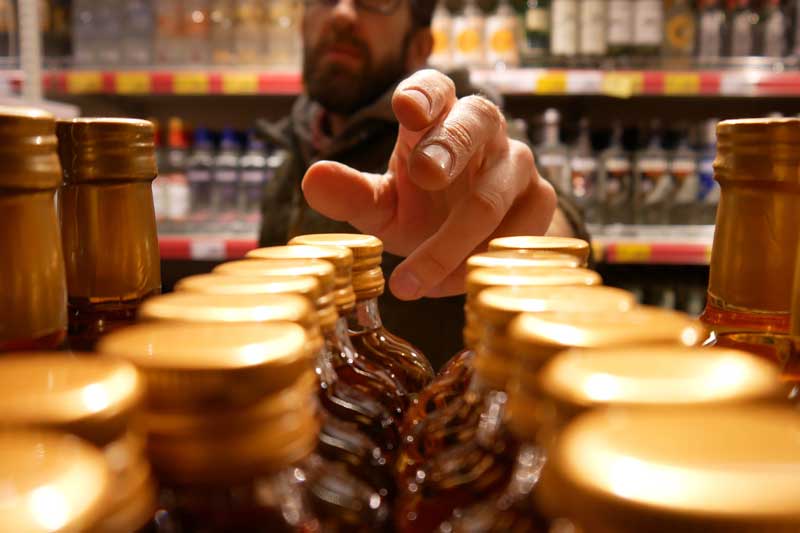Tasting rooms are the first handshake that many prospective consumers have with a brand. Wineries look to tasting rooms as an opportunity towards a more hospitable approach at making their next sale. For many, tasting rooms prove to be successful. With an inviting atmosphere, engaging ambassadors, and a great product portfolio, it is easy to get right.
Tweet: How analytics can help wineries improve the tasting room experience
However, many brands still struggle with fine-tuning their approach. Does this mean that prospecting clients is a game they’ve already lost? Here’s how wineries are using analytics to help them with their efforts.
Why companies turn to tasting rooms
Wineries pride themselves on their brand’s history. Some are inherited through family generations, while others are just breaking the ground. With the fulfillment that companies take in their origin stories, how are consumers following the narrative?
What’s hurting many companies is brand awareness. Many wineries are struggling to break through the noise in a crowded market. An article from Wine Industry Network states:
“A company’s brand is its mark of distinction—and what sets it apart from competitors. Establishing and adhering to a brand management strategy that conveys commitment to delivering a great-quality product and a memorable experience is key to building a company’s reputation and a healthy, loyal base of customers and suppliers.”
So how are companies creating these healthy relationships with their consumers? Many are doing so by opening tasting rooms. Tasting rooms are personal. By being invited on the property where production takes place, visitors feel they are part of the “family.” Tasting room experiences vary by organization. Some strive for an immersive experience by including live entertainment, food, exclusive tours, and conversation with the owners or primary staff. Other experiences focus on the product portfolio and tours of their property. But for all tasting rooms one thing remains the same: those who visit for the first time should expect to be able to sample drinks in an environment in which they can ask questions that will be answered by knowledgeable ambassadors. The priority is to create an inviting atmosphere that encourages consumers to feel that they have a personal connection with the brand.
How to master the tasting room experience
Tasting rooms are recognized as a direct sale opportunity for your brand. If you’re striving to build relationships with your consumers, it takes a lot to get right. Tasting rooms are all about creating a positive consumer-focused environment, and that starts with creating a memorable experience that will make consumers always choose you over your competitors. Many believe that there is a “formula” to follow to achieve this goal, but others choose to do it in their own fashion.
The only “formula” to perfect is a consumer-focused culture. “It’s about the experiences – people will pay now as the economy has definitely been recovering since 2008. We’re seeing that premium-priced bottles are way easier to sell. … But that’s not what’s keeping them in our club. What’s keeping them in our club is the engagement, it’s the entertainment factor, the experience factor,” says Kristine Bono, former tasting room manager and DTC activities professional. So, what do consumers want?
Consumers want to feel that they are a part of the family story. Some approach this by letting them keep the glass that they sampled their drinks in, while others create a dinner menu created by a professional chef that compliments the drinks on the portfolio. These are the positive attributes that will keep consumers following your brand. Once you build a positive relationship with them, they naturally want to grow with it and see what’s next.
Skeptic of tasting rooms?
Although tasting rooms offer many benefits, many companies find they are a tactic that compromises the integrity of your brand. From having to organize a venue, create an inviting atmosphere, and find hospitable and engaging ambassadors, there is no doubt that a lot of money is being invested into these experiences. Many even begin to question their value. Is there an ROI? It is for this reason why many companies steer away, as it is a difficult and costly art to master.
It is also difficult to determine how many attendees are serious about supporting your brand. In a recent article from Wine Industry Advisor, Jim Agger, Vice President of Marketing and Business Development for WineDirect states, “Consumers are definitely going to fewer wineries per day. Now it’s two to three a day, rather than trying to pack in six. When (visitors) see fewer wineries, it makes it even more challenging to find ways to attract new prospects.” With fewer attendees, how are companies reaching out to new clients?
How analytics can improve the tasting room experience
With analytics, companies are eliminating their risk associated with tasting room events. By managing their DTC data, companies are able to analyze hard numbers, knowing exactly what their consumers are buying and what they may be interested in in the future.
When consumers enter the tasting room, you want to provide products they will genuinely be interested in, creating an even more personal experience. You want them to feel the event was created for them in mind. But how can organizations get this data?
With surveys, organizations get an inside look as to how the tasting room is performing. Are their efforts meeting expectations? In what areas are they falling short? Not only do tasting rooms provide an opportunity for direct sales, but they also provide an opportunity for direct feedback.
Questions can include:
- How would you describe your taste palette?
- Did you enjoy the samples on the portfolio?
- How kept was the room?
- Were our team members helpful?
- Are you a club member? If so, how long has it been since your last visit?
- Is this your first time visiting? How did you discover us?
- Did you travel alone or in a group?
- How would you rate product pricing?
- Any questions or comments?
Concise satisfaction surveys are the direct link towards improving the overall experience. If one believes surveys are not their style, have a manager engage in conversation with visitors, asking open-ended questions about their experience on the property. By using the power of data, organizations can analyze their current efforts and discover news ways to make the experience even more memorable.
How are organizations using data to benefit other areas of their operations? Learn more:
- Inventory Analytics: Laying the Foundation of Your Business
- Understanding Wineries’ Top 3 IT Priorities
- 3 Obstacles Distributors are Dodging with Analytics
- DIUC19 Day 4: Final Training and Farewell - August 8, 2019
- DIUC19 Day Three: Sessions and Product Showcase - August 7, 2019
- 4 Ways to Sabotage a Data Analytics Project - July 25, 2019



